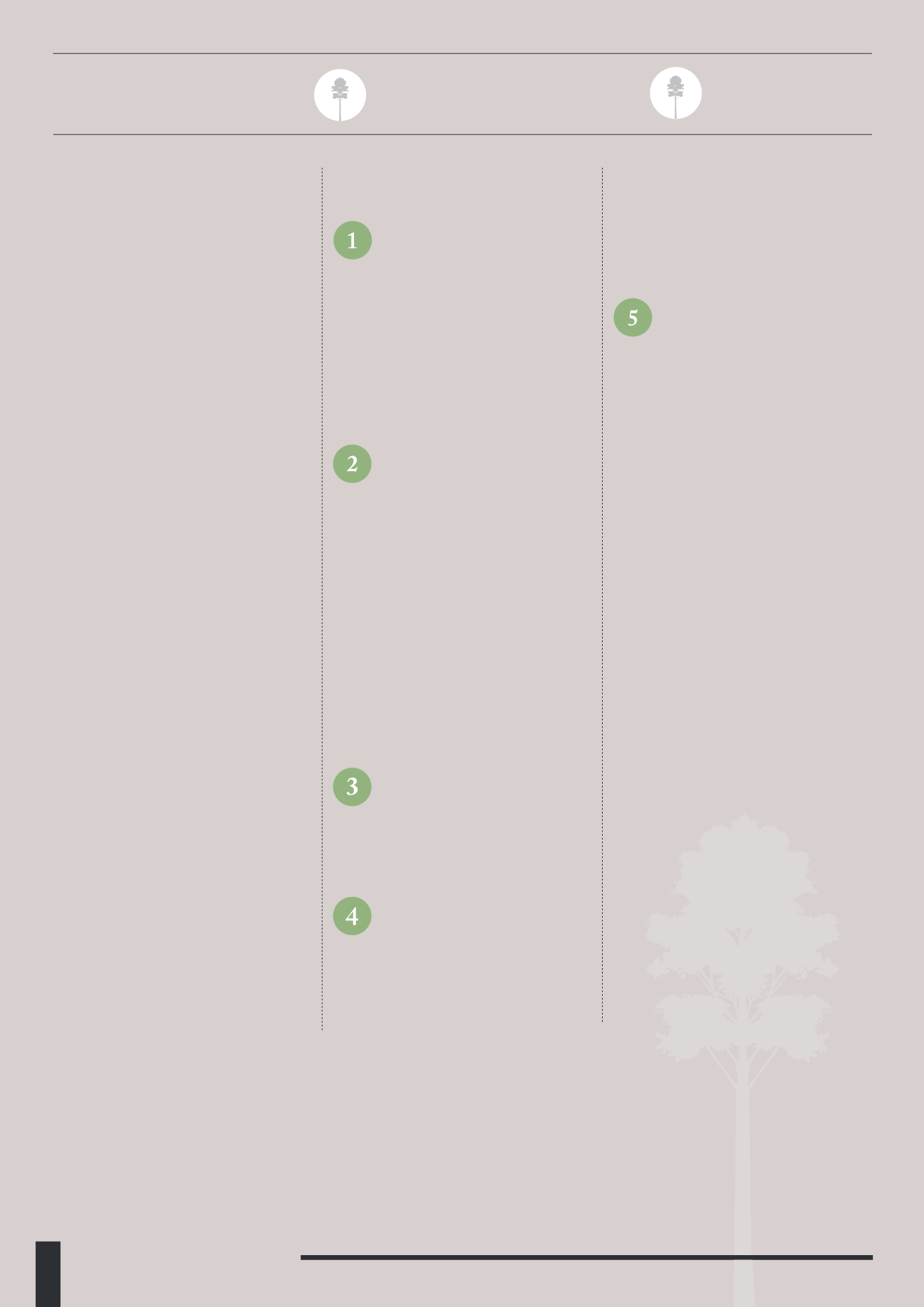
14
minimum investment). Bamboo is a special
case as it is exceptionally quick growing but
has some of the properties of hardwood –
investors have to take a view on whether
bamboo can capture some of the market
share traditionally held by hardwoods.
Overall, the majority of investors
should be looking at lower risk
investments into mature plantations as a
sensible way of diversifying an established
portfolio. The speculative investments are
really only suitable for investors with a high
risk appetite as there are so many variables
to consider over such long timeframes.
for environmental projects such as wind
farms, hydropower, biomass production or
the sale of carbon credits.
TAX STATUS
Tax can be an important consideration for
forestry investors. UK commercial forestry
is subject to favourable tax treatment.
There is no income tax on harvested
timber and no capital gains tax (CGT) on
the growth in the value of the tree.
Commercial forests and woodland qualify
for Business Property Relief (BPR) which
provides 100% relief against inheritance
tax (IHT) after two years of ownership.
These tax advantages can make UK
commercial forestry investments very
appealing to retail investors. Tax shouldn’t
be the reason alone to invest, but it can
enhance the returns of an already well
structured and managed investment
product. HNW or ordinary retail investors
could consider forestry as part of their
inheritance tax planning to help preserve
their wealth for future generations.
CONCLUSIONS
There are clearly a whole range of risks
that direct forestry investments expose
investors to. They are illiquid, medium
to long-term investments that are held
in either unregulated or lightly regulated
structures.
However, investments into established
plantations with experienced operators
in developed countries with strong land
ownership laws and based upon owning
standing timber that is already close
to harvest can be much lower risk. The
downside is lower returns and higher
minimum investment levels.
Factors that increase the risk from this
starting point include:
Purchasing saplings – they have
longer to grow, so any forecasts on
the final value they will achieve are more
speculative, they are exposed to risks such
as flood and fire for a longer period of
time and they are much less robust than
standing timber and more susceptible to
disease or damage, and therefore require
much more careful management. However,
the levels of return will be much higher for
investing in saplings.
Plantations based in developing
countries can mean that investors
are dealing with legal systems and
structures that they don’t fully understand.
Ownership laws can be weaker than in
the UK and other developed countries.
There can be higher risk of changes
to governments or legislation that will
impact the returns, or problems with
infrastructure or natural disasters.
Dealing with these issues overseas is of
course more problematic. And as with any
overseas investment, currency risk has
to be considered. However, land, labour
and other costs are cheaper and potential
returns can be significantly higher.
Clearly, newer plantations with
less experienced management
teams and shorter track records should be
considered to be more risky than better
established operations and investors
should expect to be rewarded accordingly.
Choosing between investing in
either hardwood or softwood really
comes down to two factors – the length
of time the investors want to commit to
(hardwood investments will have a longer
term) and the minimum investment level
(hardwood will typically have a higher
INVESTMENT
TERMS:
3-10 YEARS FOR
STANDINGWOOD
7
24 YEARS FOR SAPLING
INVESTMENTS


